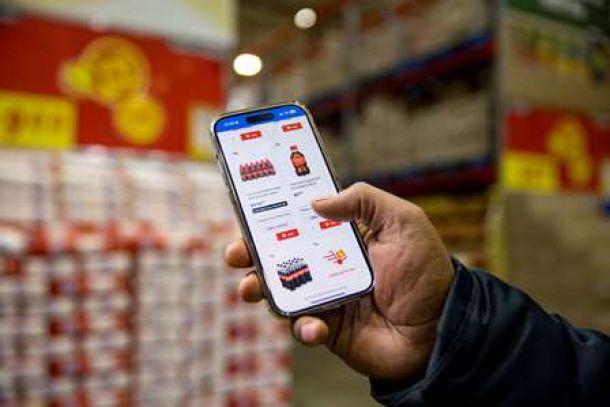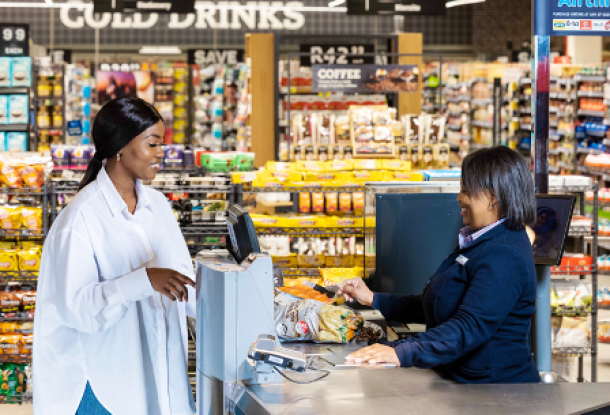SA retailers failing online: report
A new study released by the South African Council of Shopping Centres (SACSC) has revealed that South African retailers did little to advance their sub-par online shopping offerings in 2014.
This is despite studies showing that local consumers are increasingly integrating online and offline shopping methods.
Amanda Stops, CEO of SACSC, said: “Consumers are continually pushing retailers to improve the shopping experience, whether it’s in store, online or a combination of the two. This is resulting in a gap between consumer expectations and the actual shopping experience.”
The SACSC Omni-Channel Retailing study, compiled by Dr Dirk A Prinsloo of Urban Studies, showed that omni-channel retail will be among the big challenges, and key opportunities, for SA retailers in 2015.
It also recommended that retailers will need to make large strides online if they wish to remain relevant to consumers.
While multi-channel retailing offers customers a choice of buying through different media- like stores, websites, social media, tablets, smartphones, interactive terminals, touchscreens and smart televisions – omni-channel retail is the simultaneous use of two or more channels, like using a smartphone when shopping in a store, or watching TV and using a tablet.
The report noted that SA retailers’ multi-channel retail offerings were below par when compared with many of their international counterparts, which offer consumers higher-quality designer websites and online shopping.
It follows that inferior multi-channel retail hampers omni-channel retail.
“In SA, the lion’s share of retail sales is still happening in store. With only slightly more than 1% of shopping done online, it is easy to discount the importance of online shopping, especially in SA where it currently poses little threat to in-store retail. But, doing so would be a mistake,” said Prinsloo.
“Consumers are increasingly combining the online and physical retail worlds. This behaviour is driving multi-channel retail growth and if retailers want to stay in touch with their consumers, they must plan now and formulate workable and easy-to-use omni-channel strategies.”
Almost 63% of shoppers research purchases online before buying in stores. “This supports growing evidence that a good online strategy and offering combines, not competes, with offline retail. E-commerce is helping physical stores and malls succeed,” the report said.
The study found that in 2015, Asia Pacific is set to be the leading region for e-commerce sales, at 33.4%, with North America at 31.7% and Western Europe at 24.6%. These three regions will continue to take more than 90% of global e-commerce.
While Africa and the Middle East’s share will remain just above 2% in 2015, the future potential is phenomenal – Africa and the Middle East have the potential to increase the region’s worldwide online shopping penetration to 37% by 2018.
The report notes that for certain segments of the SA market the online usage is already higher than the projected total for Africa.
Much like in the 2013 report, in 2014 some 42% of shoppers interviewed for the study are already shopping online. However, 46% of non-online shoppers indicated they will become online shoppers in future.
Most online shoppers are millennials, born between 1977 and 1995. The average income of online shoppers is R37,000 per month, and they are mainly in the upper LSM groups of 10 and 10+.
The investigation showed outstanding growth in the regularity with which SA shoppers are using the internet, and the amount they are spending. It revealed that weekly, bi-weekly and monthly usage have all increased.
Heavy users conduct around 50% of their shopping transactions online each year, spending nearly R2,500 on average each month. Light users conduct 14 transactions a year, spending just under R330 per month.
When Prinsloo asked which retailers’ websites online shoppers used in the last 12 months, the highest support was for Woolworths, Exclusive Books, Pick n Pay, Incredible Connection, Cape Union Mart, Mr Price, Edgars and Makro.
When it comes to online stores, the most support was for Kalahari.com, followed by Amazon and Takealot.com. Since the study, it has been announced that Kalahari.com and Takealot.com are merging.
Support for the two main clothing online stores, Zando and Spree, is on lower levels, but online clothing shopping is on the increase, growing from 6% in 2013 to 9% in 2014.
People listed their reason to shop online as being primarily for convenience and comfort of buying from home and, increasingly, the wide variety of choices available.
Other reasons for buying online include it being faster, cheaper and the availability of products worldwide.
News Category
- International retailers
- On the move
- Awards and achievements
- Legislation
- Wine and liquor
- Africa
- Going green
- Supplier news
- Research tools
- Retailer trading results
- Supply chain
- Innovation and technology
- Economic factors
- Crime and security
- Store Openings
- Marketing and Promotions
- Social Responsibility
- Brand Press Office
Related Articles

Two local businesses see a gap as food and groc...

SARS launches WhatsApp channel to help check ta...

Shoprite launches online shopping and bulk deli...

Sixty60 promises lightning-fast delivery of 10 ...


